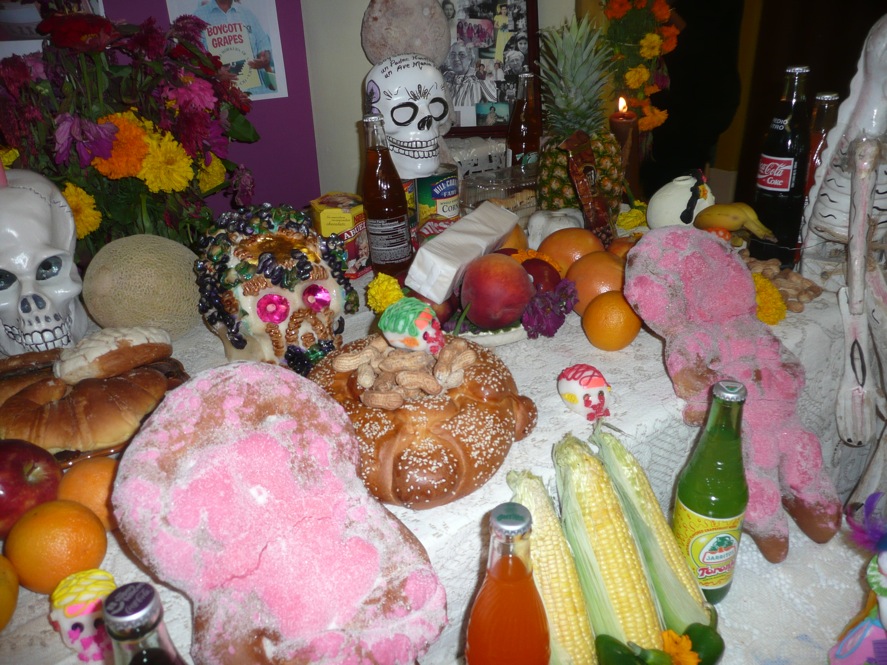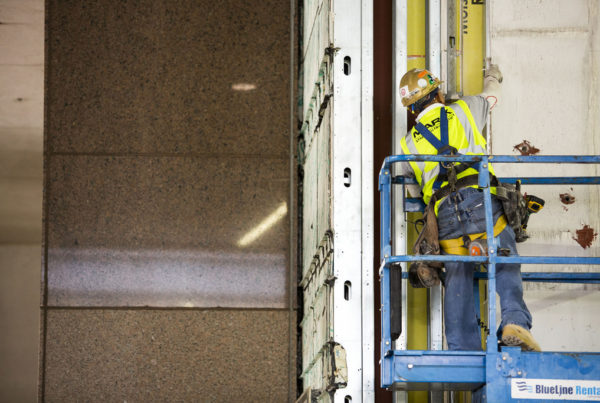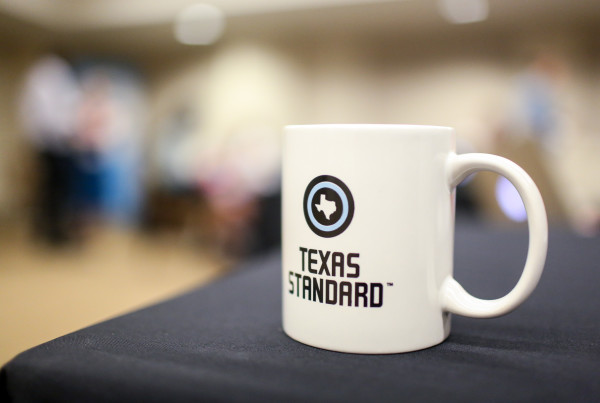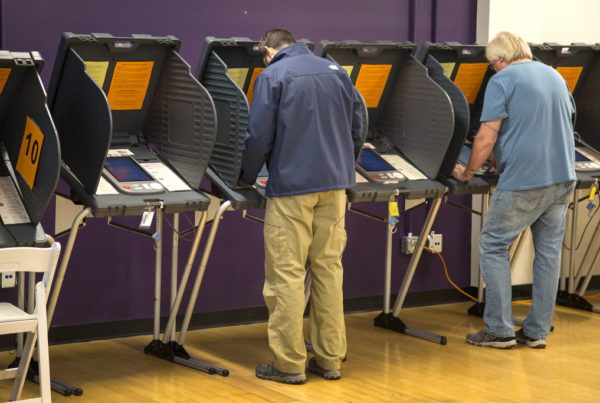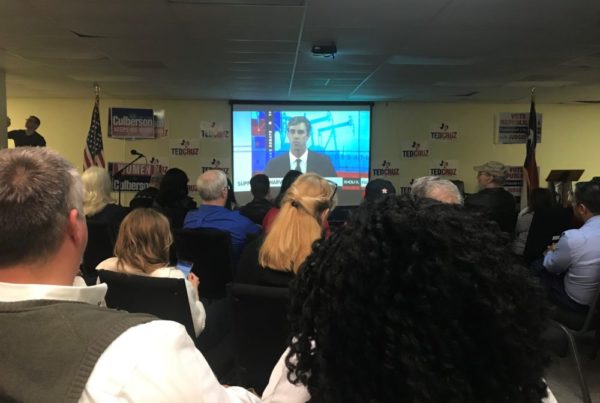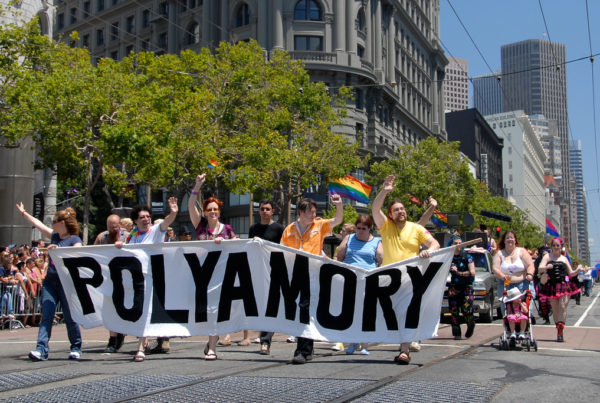From Texas Public Radio:
Music bleeds out onto the streets, and crowds swell the alleyways of La Villita Historic Arts Village on San Antonio’s River walk during the annual Día de los Muertos festival. Among the original artwork and fresh agua frescas is the largest open-altar exhibition in San Antonio. Altars honor artists like painter Bob Ross, and even famous animals, like Koko the gorilla who communicated with her caretakers through sign language. One altar even pays homage to the 10 undocumented immigrants who were found dead in the back of a tractor-trailer in a San Antonio Walmart parking lot last summer. But the most familiar altars are the ones that honor ancestors.
Irma Jimenez has designed and built altars for 20 years. She says many Hispanics have never grown up with the tradition.
“They’ve never seen un altar de los muertos, they’ve never seen an ofrenda. And now they’re learning this, and they all want to make one at home,” Jimenez says.
The altars, also referred to as ofrendas, are an essential part of the Día de los Muertos celebration. Items people most often placed on an altar include photos of deceased loved ones, candles to guide the spirits on their way back to the land of the living and even food to share with their dearly departed.
Elizabeth Pacheco’s altar is hard to miss: it stands nearly six feet tall with seven levels representing each of the natural elements. She says it mirrors a more traditional altar and every intricate detail holds significance.
“You have the papel picado for the air, you have the fire, you have earth. It is also represented with my family offerings: each one of them, as you can see, has something special that meant something to them,” Pacheco says.
The altar honors various ancestors and even her beloved bulldog. She says the dog is now fighting off evil spirits while the portal to the land of the dead remains open.
Pacheco, whose face is painted to resemble an elaborate sugar skull, says she embraces the holiday from more of a cultural standpoint rather than a religious one. She finds the big public party more fulfilling because she can share the stories of her loved ones with the community, who in turn share their stories with her.
“There has been hundreds of people that have walked by today, and I’ve shared with them my family’s history, and I cannot even count how many people have actually shared a story with me as well. It’s been very heart[felt] and rewarding to meet all these new people coming in from all over,” Pacheco says.
Many feel these big celebrations, rather than the traditionally intimate practices, provide room for them to share this part of their culture with the rest of the world. Maxwell Jimenez is enjoying the festival in Maverick Plaza with his wife and daughter. He says it reminds him of how he celebrated as a child in Mexico.
“When I was a younger kid, I would celebrate Día de los Muertos en el panteón – at the cemetery. That’s the way, at least where I’m from, we would celebrate; we’d celebrate Día de los Muertos at the cemetery,” Jimenez says.
Once we look past the calavera T-shirts and koozies, the Día de los Muertos Hollywood films and Day of the Dead-themed sporting events, Irma Jimenez says the tradition remains centered on the inevitability, but not finality, of death.
“I tell everybody that we die three times: the first time that you die is when your heart stops beating, the second time is when they bury you and the third one is when they forget about you. So that’s why doing something like this, we’re always remembered,” Jimenez says.


